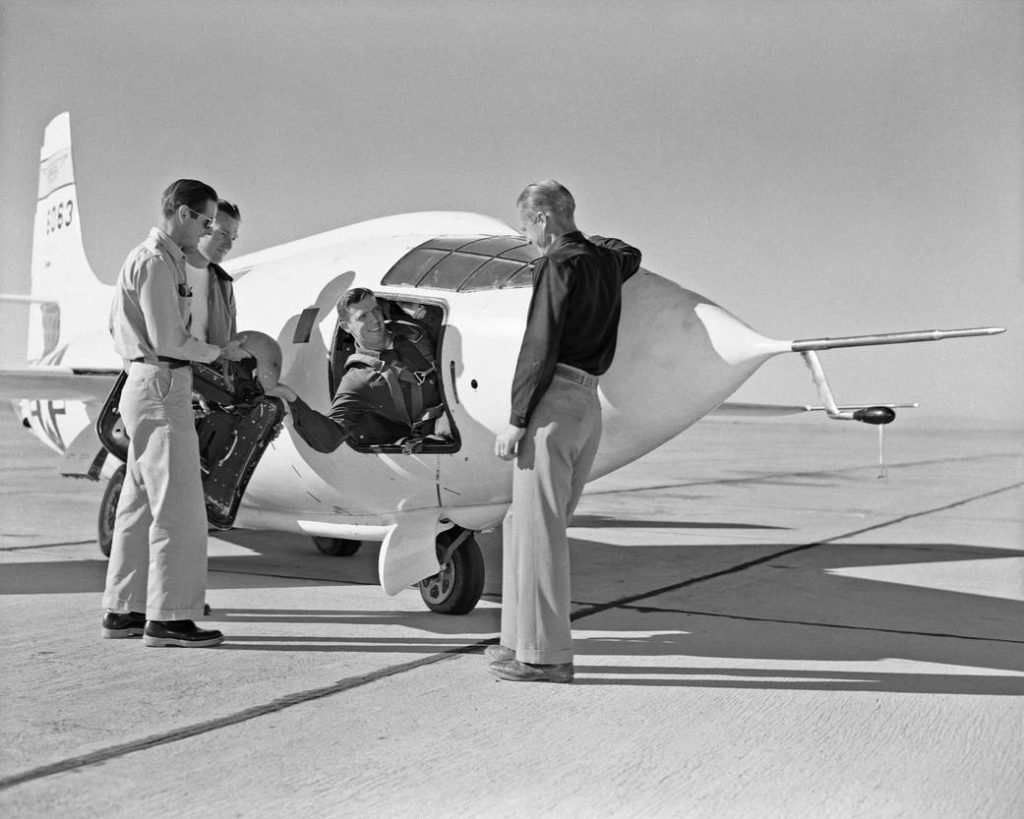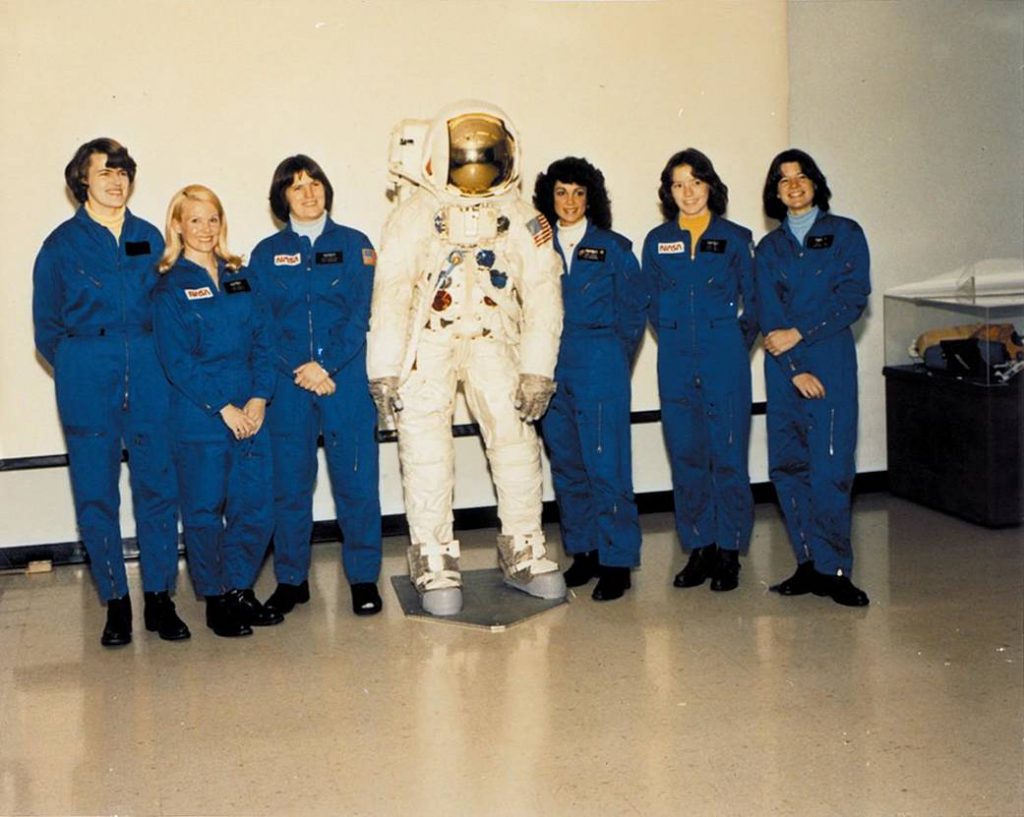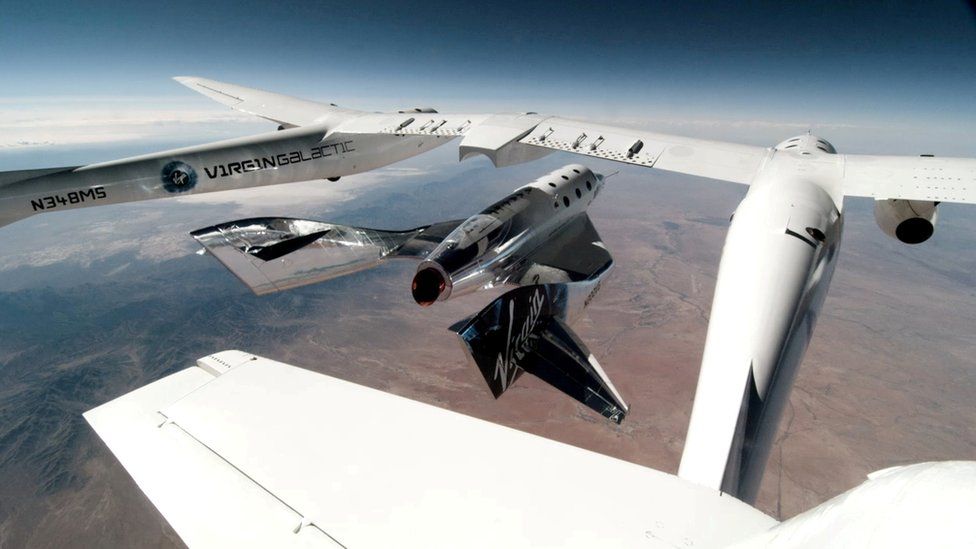Wanting to become an astronaut: How astronaut selection has changed over 60 years of human space exploration
By Ignacy Górecki
There is no doubt that being an astronaut may be among the toughest jobs on the planet. Despite the dangers of working in space and the incredibly demanding selection process, many people dream of going into space. It is clear that being an astronaut requires excellency and a remarkable set of skills. But are those skills universal? What differentiates the class of “Mercury Seven” from candidates of the latest European Space Agency astronaut selection? Each class of astronauts is unique, but recently space agencies seem to be taking a similar direction in how they see the future of human space exploration. All space agencies have their own histories and adventures, but in this article we will focus mainly on American and European human spaceflight development since it has been quite transparent and shows a lot of interesting sociological issues.
At the beginning of the space era, it was quite obvious where to find the first astronauts. It was mainly the Cold War and the accompanying arms race that propelled the development of space technologies and exploration. So, the perfect candidates were deemed to be military test pilots. Not only did they have great training, discipline, and physical fitness, but they also fit some idealized images of “the national hero” – white, male, married with children, ready to sacrifice his life for his country. That arguably fired up the national engagement and excitement necessary for justifying public funding. Moreover, during the Cold War, the threat that one of the sides would weaponize space technology was on the minds of many people. Seeing a civilian in a spacesuit was considered unacceptable and definitely not desired among the earliest travelers into space.

However, that era of astronaut selection was not long lived. Soon, the profile of astronaut candidates started to change and pilots with a higher educational degree were encouraged to apply. There was increasing pressure coming from the scientific community that space should be more about exploration rather than military conflicts. And it seemed to have worked for the National Aeronautics and Space Administration (NASA). In 1963, having a higher education degree was seen as beneficial to one’s military resume. In fact, Edwin “Buzz” Aldrin, who joined Neil Armstrong to be one of the first people on the Moon, was the first astronaut with a PhD in astronautics. Soon, civilians with scientific backgrounds joined astronaut crews. All eleven astronauts that were selected in 1967 had a PhD or M.D. degree, and it became almost a standard in the following years. Of course, they still had to prove themselves to be the best-of-the-best in their chosen fields. Space exploration had to be efficient and provide as much science return as possible. Later, as the global conflict between the East and West began to de-escalate, focus was directed to science and exploration. Space stations were designed as huge laboratories orbiting our planet. Today, although having a military background enables you to apply, having at least a Master’s degree is an obligatory requirement for candidates.
One major change in astronaut selection came in 1978. Gender and race inequality could no longer be overlooked. This is when NASA started to encourage diversity among astronauts. The class of 1978, which was the largest at that time, contained 35 astronauts and included six women, African Americans, an Asian American, and a Jewish American. A breakthrough came in 1983, when Sally Ride became the first American woman during the Space Shuttle STS-7 Mission (it is worth mentioning here that the first woman to fly into space in history was actually a Soviet cosmonaut, Valentina Tereshkova, who achieved that 20 years earlier – in 1963) Every following selection from NASA was more and more diverse, but it was only in 2013 when the astronaut corps had as many women as men.

Meanwhile, the European Space Agency (ESA) has had their own selection of astronauts. ESA astronaut selection began with an agreement with NASA in 1980, whereby two Europeans could train and prepare for space missions alongside American astronauts and then be sent on NASA missions. Since then, international crews have become the norm. Astronauts often speak multiple languages and deal with cultural differences on a daily basis while working in space.
After ESA had established its own astronaut training facility in 1990, their following selections were run independently from NASA. However, the international nature of ESA demanded a different approach. Each interested member country has selected a group of candidates that were then presented to ESA for final selection. Fortunately, any European who now meets the criteria can apply without involvement of their country’s government.
Since the International Space Station became operational, requirements for being an ESA astronaut have been fairly consistent. An applicant has to be a citizen of a member country, must be physically fit (have a proper medical certificate), hold a Master’s degree or greater in a relevant scientific area, and show traits like team working skills. Experience in flying, scuba diving, and knowing foreign languages is also beneficial.
If you are wondering what field of education the best would be to become an astronaut, there isn’t any! Space agencies look for people who are passionate about what they do and that are the best in their field. The final selection often comes down to the tiniest details, and the competition among candidates meeting the highest standards can be considered crushing. Space agencies must make sure that people that they select will be able to complete additional years of extremely demanding training and learning.
The next couple of big changes are actually happening right now, in the 2020s. Both NASA and ESA are looking for new astronauts, with ESA’s recent round of selections garnering a good deal of attention. ESA estimates that over 22,000 people applied in this most recent round. There was a lot of emphasis on encouraging women to apply, which seems to be working since about 24% of the recent candidates identify as female. Though this number is not yet very high, it’s significantly higher than the 15.5% reported in the last ESA astronaut selection in 2008.
A lot of excitement was also generated when ESA announced that they will be launching a call for parastronauts – astronauts with physical disabilities. It will be the first time that a person with a disability will get the opportunity to fly into space. In this selection, the type of disabilities that would make a person eligible to apply are narrowed to disabilities affecting lower limbs, but it shows how space agencies are setting a new standard in space travel. This project will undoubtedly contribute to overcoming boundaries in space travel.

Space travel is definitely becoming more and more accessible and the idea of space tourism is very attractive for a lot of people. The concept itself is not new. In the past, “space tourists” have flown into space during regular missions. The Russian space agency, Roscosmos, has taken people without full astronaut/cosmonaut training onboard, including journalists and video-games designers. However, it was still closely monitored by governmental organizations. In recent years, the private sector has been growing in significance in the space industry, and the latest suborbital flights by Virgin Galactic with Richard Branson and Blue Origin with Jeff Bezos onboard seem to be a real turning point for space tourism. SpaceX also has big plans for the current decade. First, an orbital flight Inspiration4 founded by Rooke Isaacman, with a 4-member crew is scheduled for late 2021. Next, they are going to perform one flight around the Moon that is being funded by a Japanese billionaire, Yusaku Maezawa, for a project known as DearMoon, where Maezawa intends to take along 7 other people.
As space tourism has progressed, the cost of sending civilians into space has continued to drop. One aerospace company, Axiom, offers a price of $55 million USD for flying to the ISS. Meanwhile, Virgin Galactic currently requires $250,000 USD for a ticket on one of its suborbital flights. For now, the prices are quite high, and this probably will not change for some time. But the idea of space tourism is still more exciting and cheaper now than ever before.
Human space exploration has brought a lot of excitement, knowledge, and impacts for the world over the past 60+ years. That has not come without some mistakes and tragedy. At the beginning only highly trained people could represent countries as national heroes overcoming human barriers. As we have gained experience and increased confidence in safer spaceflight, scientists became the ones to lead space crews. Inequality, though very apparent for a long time, is now something that space agencies are strongly contending with. Human health, safety, and the complexity of space missions still requires thorough selection of astronauts, but it seems that everybody is looking forward to making space available for everyone. Wouldn’t it be wonderful if all of us could have the chance to admire our fragile planet from above?
Ignacy Górecki is a medical student at the Medical University of Warsaw and is interested in molecular biology and microbiology. He is a Research Associate for BMSIS Young Scientist Program and a member of Polish Astrobiological Society. He has taken part in analog missions and a Human Space Physiology Training Course held by the European Space Agency.
